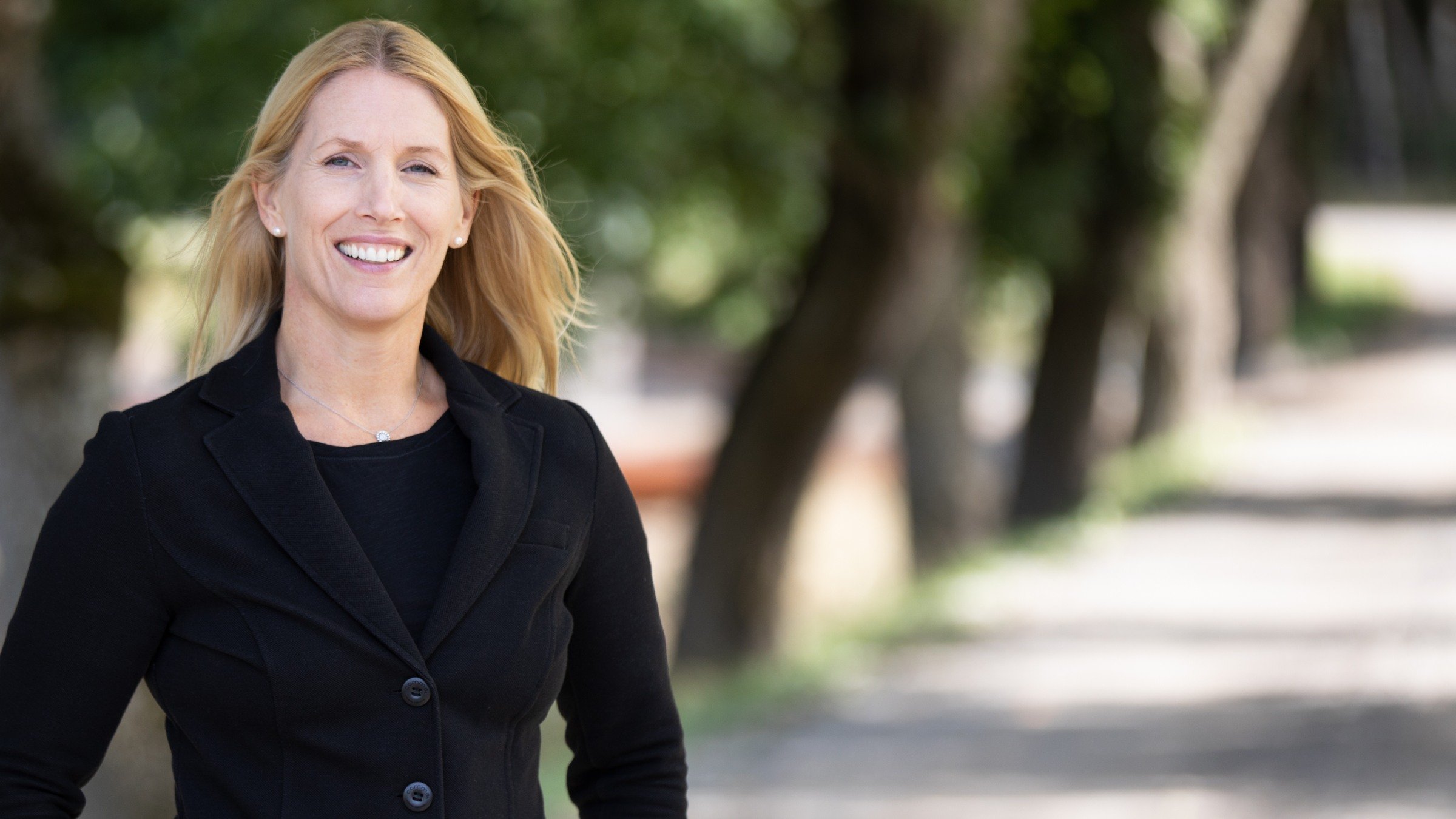Aligning our business with the Paris agreement
The climate is changing rapidly. There is no time to waste in reducing emissions globally. In addition to transition from fossil fuels to renewable energy, we have to start using the materials we already have as often as possible. This applies on a societal, as well as on a business level.
21 May 2024– Through our recycling methods and circular solutions, we enable material flows to re-enter into society. At the same time, our safe landfills detoxify society by managing waste where there is not yet a technical solution available to return the material into use again, says Miranda Jensen, Head of Group Function HSEQ at Ragn-Sells Group.
The production and consumption of goods, together with the extraction and transformation of virgin resources make up half of the earth’s climate challenge. In order to meet our climate goals and keep global warming below 1.5 degrees Celsius, we need to prioritise waste and resource management much higher.
Our recipe to meet this challenge, while creating sustainable growth, is to enable and promote circular material flows in society.
Transitioning into a circular economy, where materials are used over and over again, is the best way to supply goods and services without adding to the climate challenge.
 Miranda Jensen, Head of Group Function HSEQ at Ragn-Sells Group.
Miranda Jensen, Head of Group Function HSEQ at Ragn-Sells Group.
One of Ragn-Sells’ strengths is the combination of deep knowhow on how to operate facilities that are subject to environmental permits, and the knowledge of materials and their various recycling capacities.
Although Ragn-Sells can play an important part in this transition, there are more pieces to the puzzle.
– To create flows that are truly circular, we need better insight into all material value chains. This means increased transparency is fundamental. In our capacity as a recycler, detoxifier, and producer of recycled raw materials, we are in a unique position to help our partners both upstream and downstream to reduce their emissions, says Miranda.
The implementation of the EU directive Corporate Sustainability Reporting Directive (CSRD), with increased transparency requirements, has started its implementation process and it will be helpful in speeding up the sustainability agenda at a business level. Not the least by revaluing sustainability performance and making it more equal to economic performance.
– One additional strategic tool to reduce emissions from business operations could be to create a budget for climate emissions. Breaking the CO2e budget must be as costly as not reaching other business goals. This could be done through, for example, incentives connected to reducing emissions, says Miranda Jensen.